The Suzuka circuit in Japan is regarded by many F1 drivers as one of the most beautiful races on the calendar. That is precisely why it was unique to be able to follow Steve Smith's work in Japan. The Brit is in charge of F1's onboard camera footage and, with his team, ensures that we also get to see unique footage from the helmet camera during a Grand Prix. Smith has been partly responsible for creating the onboard camera since the 1990s and continues to work passionately to ensure that F1 fans get to see even more spectacular footage in years to come.
For example, in Japan, the new gyroscope camera, mounted on Lewis Hamilton's car, went live for the first time. This camera was introduced following a collaboration with MotoGP, where we have seen this camera on the back of MotoGP machines for several years. Whereas the camera literally moves along with the MotoGP machine on the back, the gyroscope on Hamilton's F1 car is mounted in the designated wings that we see recurring on every Formula One car. These wings do not move with you, yet the unique technology ensures that as a fan you have the feeling of actually diving into a corner, especially when it is a corner with banking. We saw that banking slightly at Suzuka.
"Last year we used this new camera for the first time at the Dutch Grand Prix in 2022, where of course you have the beautiful 'banking' corner, just before turning onto the straight. However, we didn't quite get everything 100% right there, so we continued to work on the technology of the camera, so now we have everything completely ready. In the first free practice at Suzuka, we still had to adjust a few details, but in the second free practice, the fans were able to enjoy unique images from Hamilton's car," Smith said with a proud look in his eyes.
Although Smith has been active in Formula One for years, you can tell by everything that he wants to take TV fans even more with him during a Grand Prix weekend. In the garage box on the paddock, Smith demonstrates all that needs to be done for a camera to work optimally when placed in the helmet or on the car. "There are a number of places on the bolide where we can put a camera. The most well-known, of course, is the wing on top of the bolide. That wing has been used for years to be able to show images from the cockpit."
In the picture below you can see the wing with the camera that you see back on the top of every F1 car. Normally you only see the black color of the wing, but this time you can see the transparent version next to the normal version and you can see how many chips/technology are found in a "camera wing."
Technology in the camera (wing)
"What many people don't know, however, is the technology found in that wing. As you can see(see photo above), on the inside of the wing unreal technology and chips back. These not only ensure that the images can be broadcast on TV, because the chips are in constant contact with mobile transmitters next to the track, but also collect the various flags through this technology. This means that when there is a yellow or red flag situation, it can also be seen directly back in the driver's cockpit."
So a second addition to just the flags that used to be waved by the marshals. Nowadays, drivers see the digital screens on the sides of the track where the different flag colors are displayed digitally, and one therefore gets to see the flag situation in the cockpit as well, thanks to the advanced technology in the camera wing.
In the meantime, Smith's enthusiasm shows what wonderful onboard footage has been collected over the years. These include Mark Webber's crash at Valencia when he crashed into the back of Heikki Kovalainen's Caterham car and flew through the air. Unique footage showing how Webber experienced the crash himself.
"Anno 2023, we could see this footage back from the driver's helmet, because in addition to all drivers driving with an onboard camera, we also have several drivers who have a small mini camera in their helmet. We put this mini camera in the cushion of the helmet every weekend, as you can see (see image Leclerc helmet 2022), this is a small camera that adds just about no extra weight to the driver and is certainly not in the driver's way. The information from this camera is transmitted through a cable that the drivers plug into the car. When the driver has to quickly exit a car, this cable immediately becomes detached, because safety is, of course, always paramount," the experienced engineer Smith said.
See the camera in Charles Leclerc's helmet in the photo below.
"Via the cable, the driver is also connected to some kind of black box that the team may place in any place in the car. Through this black box, after a crash, we have an overview of all the information and data that we have collected from the crash."
This once again highlights how cameras contribute to the safety of the sport.
"The new gyrocam is of course incredibly cool to see back in Formula 1 now, but we always want more and so we are already working on future projects. For example, in the coming years we hope to introduce a camera that automatically follows another car when it overtakes the car to which the camera is mounted. We have experimented with this before, but there seems to be much more potential in this."
In addition to the different cameras on the bolide and in the helmet playing a role in Formula 1, we will also see the different camera angles reflected during the new AXGP film currently being produced by Jerry Bruckheimer and Brad Pitt and directed by Joe Kosinksi. "We’re collaborating with Apple and Joe’s team to help bring the audience into the heart of Formula One. By combining our respective technologies in on-board cameras, the audience will see Brad’s and Damson’s characters battling in races with current F1 drivers, for the first time in a major Hollywood production.”
Once again, then, the F1 fan is the big winner and it is clear that the Formula One organization is doing everything it can to bring the spectator even more into the driver's experience in the coming years. It is a win for the fans that Smith, with all his experience and his team, is open to change and is also looking further with other sports to see how to introduce the new concepts into the king class of motorsport.
Don't miss out on any of the Formula 1 action thanks to this handy 2026 F1 calendar that can be easily loaded into your smartphone or PC.
Download the calenderMost read
In this article
Interviews RN365 News dossier
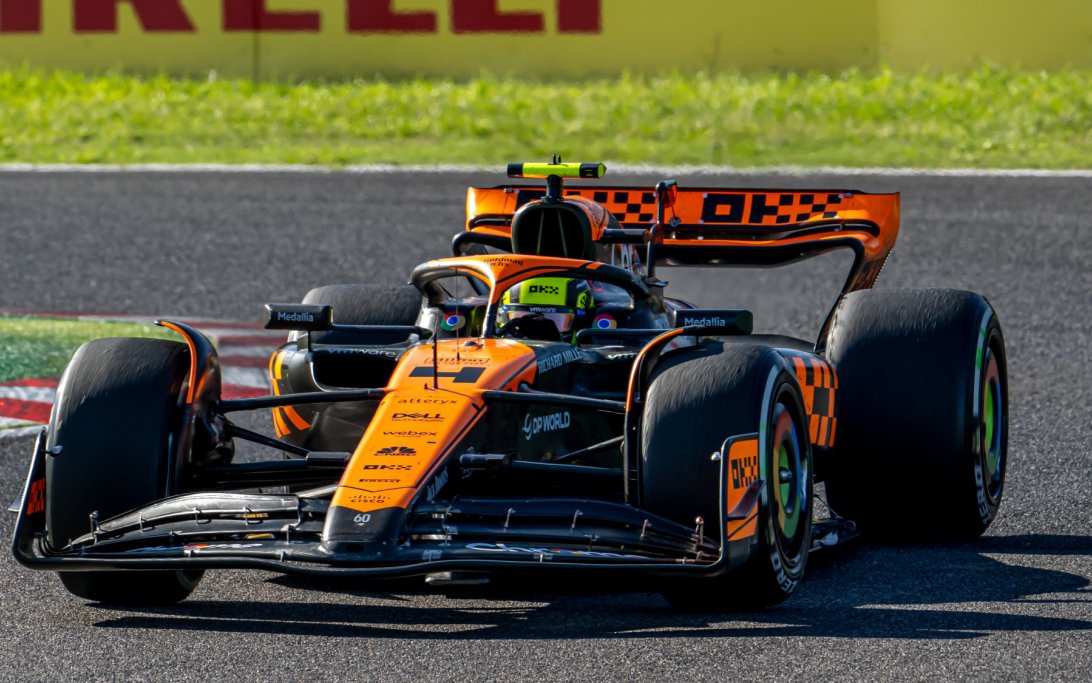


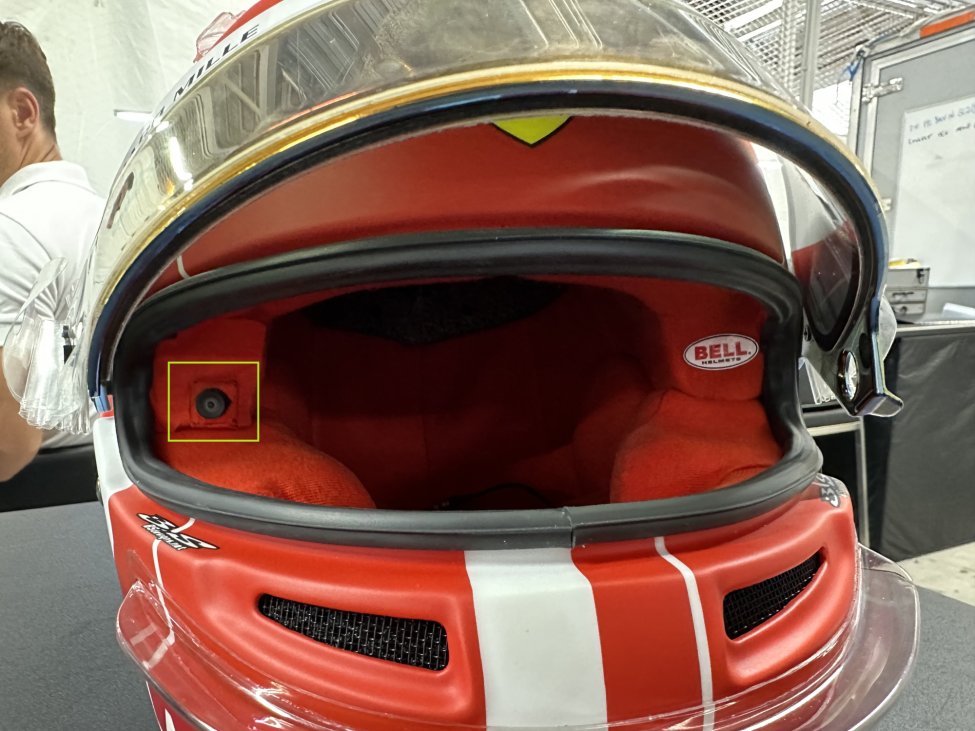
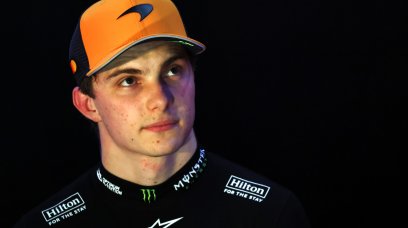
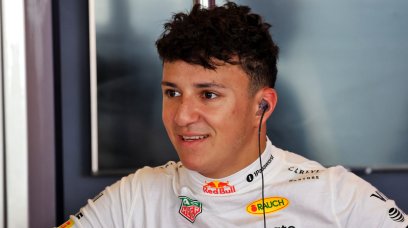
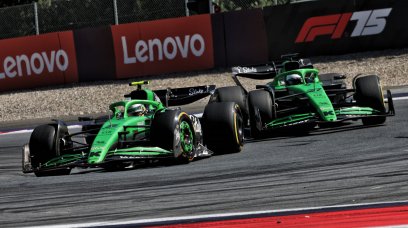
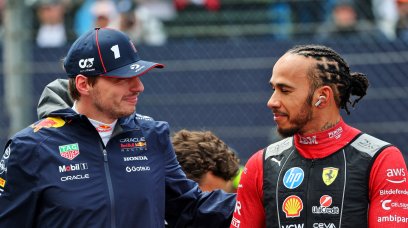
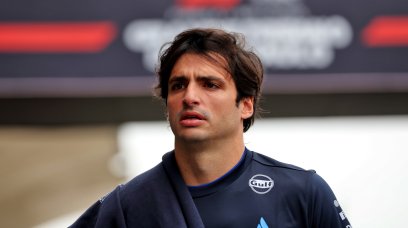
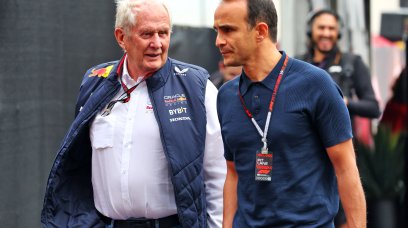
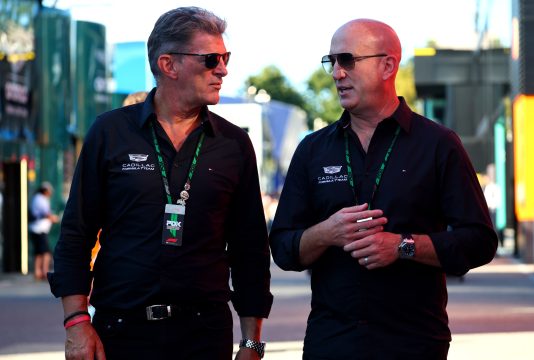
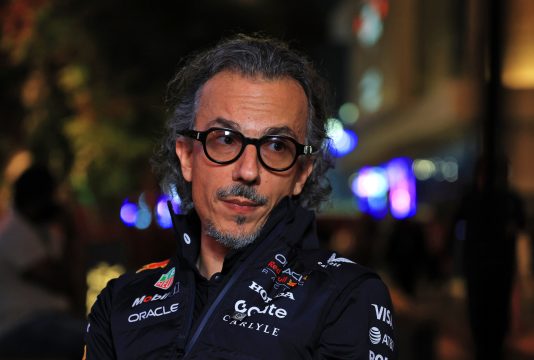
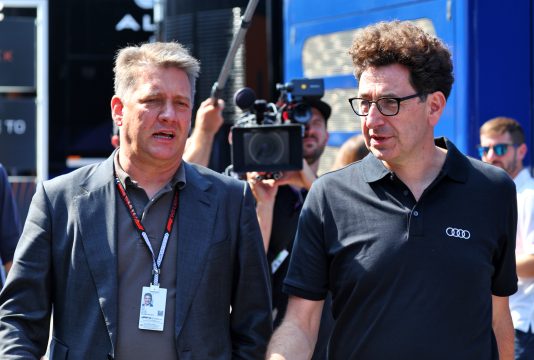
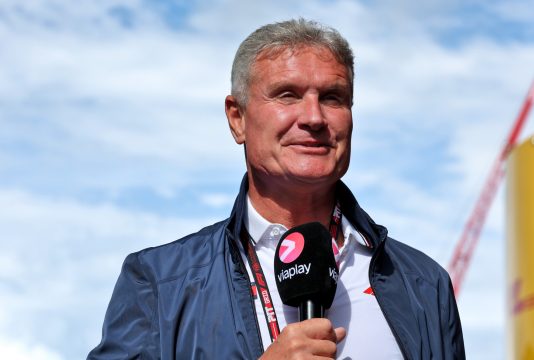
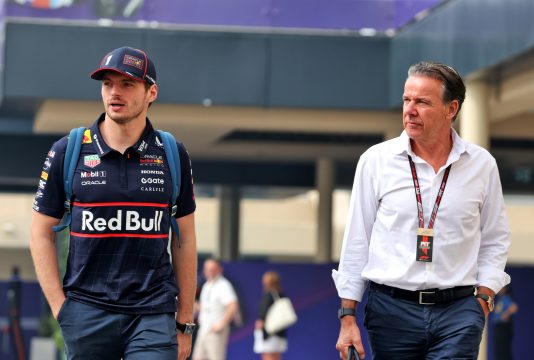
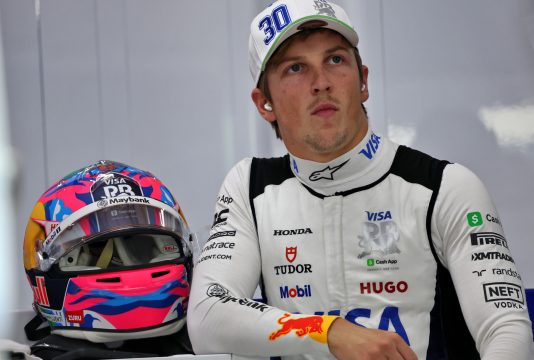

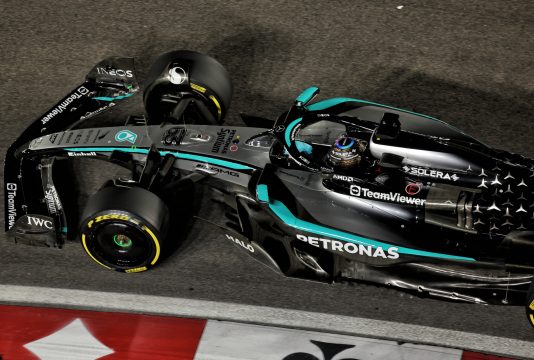
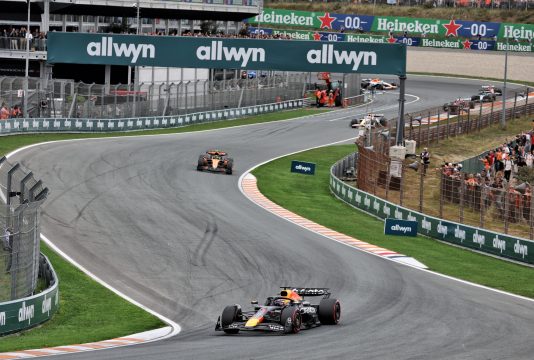
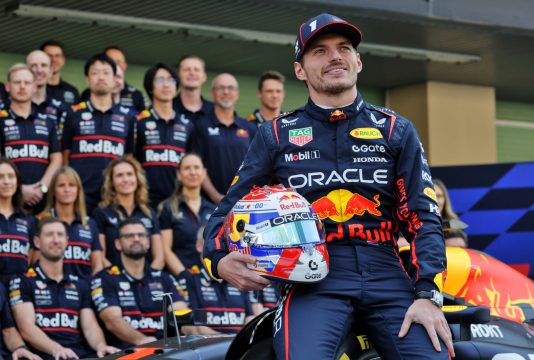
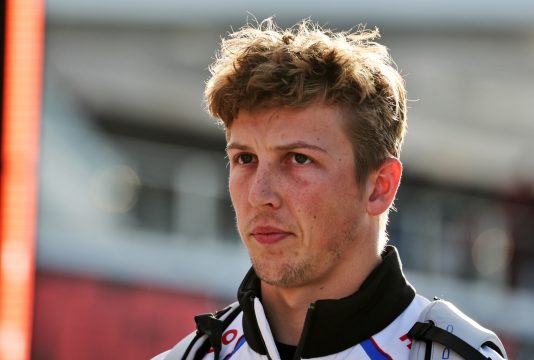
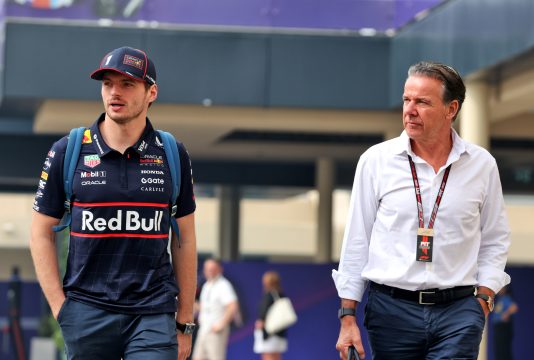


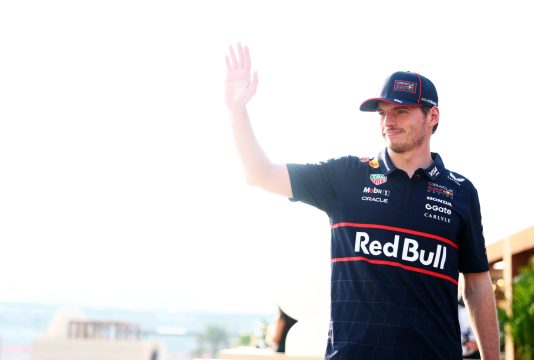
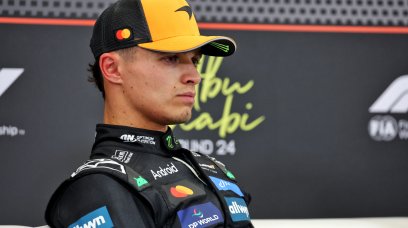
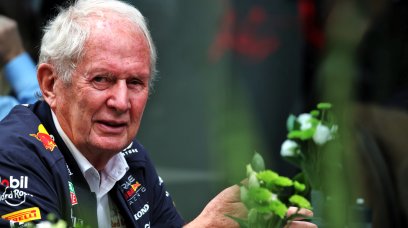
Join the conversation!